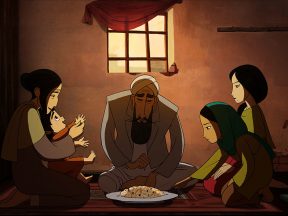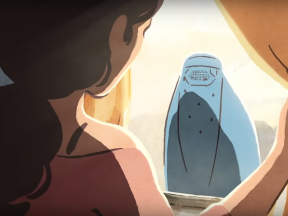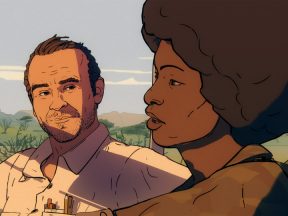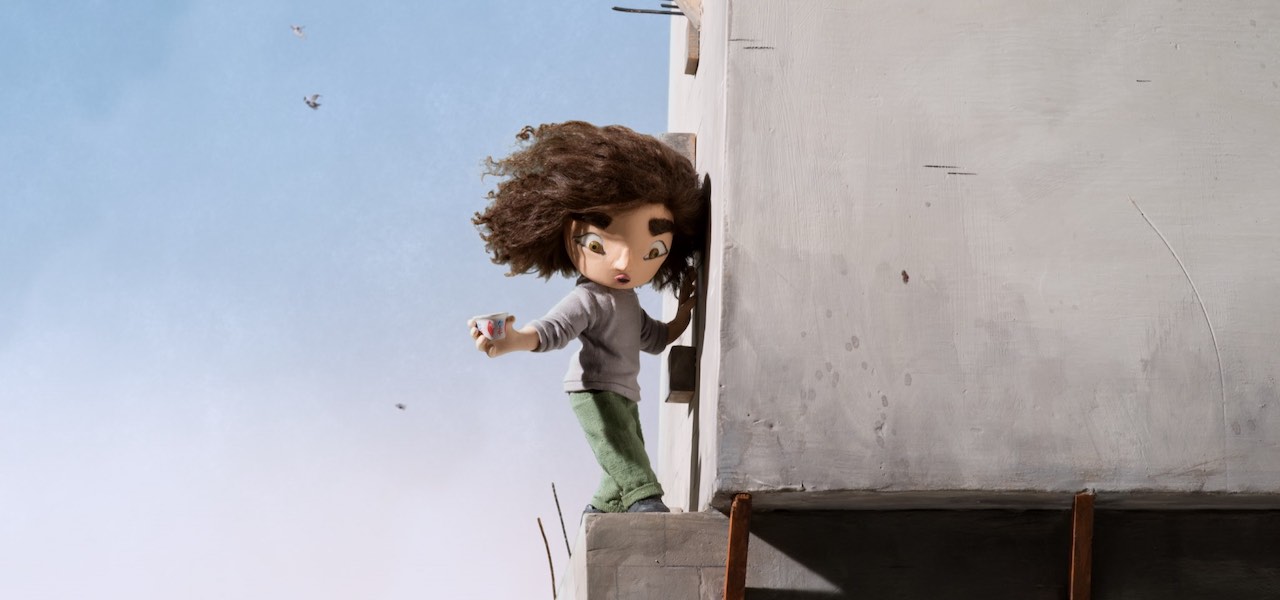
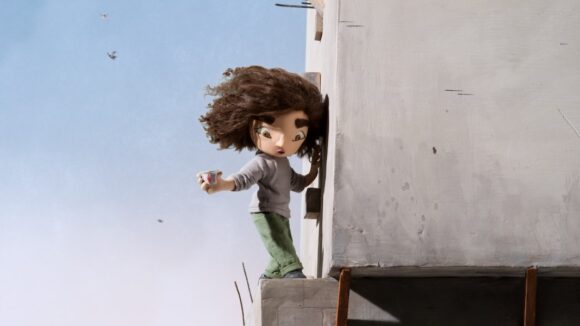
INTERVIEW: Mats Grorud Takes Us Inside A Palestinian Refugee Camp In ‘The Tower’
Leading Europe’s boom in adult-oriented animated features is the thriving category of films that deal with conflict and war. This genre is, in part, the legacy of the success of Persepolis (2007) and Waltz with Bashir (2008); its popularity also reflects the sense of urgency surrounding these issues in the world today.
In any case, many of these features harness the unique capacities of animation to cast new light on their subjects. The Tower is no different. The film is set in Bourj el Barajneh, one of the many Palestinian refugee camps formed in Lebanon after the creation of the state of Israel in 1948, and the subsequent expulsion and displacement of Palestinians from where they had been living.
A frame narrative, animated with stop-motion puppets, centers on Wardi, an 11-year-old girl who represents the fourth generation of residents in the camp. Her conversations with relatives trigger flashbacks, depicted in 2d animation, which tell a potted history of the Palestinian refugee experience. Rather than lingering on violence and death, the film also shows the camp’s culture and social dynamics, revealing how people live when their livelihoods have been all but stripped from them.
The Tower is the first feature from director Mats Grorud, a Norwegian animator who previously spent a year volunteering in Bourj el Barajneh. It brims with the rich detail of lived experience — Grorud even incorporates photos of people he met in the camp. He worked on the film for eight years (six on development, two on production); it was finally released last year, when it premiered out of competition at Annecy Festival.
The film is currently having its Academy Awards qualifying run in Los Angeles. It is screening at the Laemmle Glendale through this Thursday. Grorud spoke to Cartoon Brew about the film’s genesis, the animation course he taught to refugees, and the “beautiful ugliness” of the camp. The interview was conducted by email.
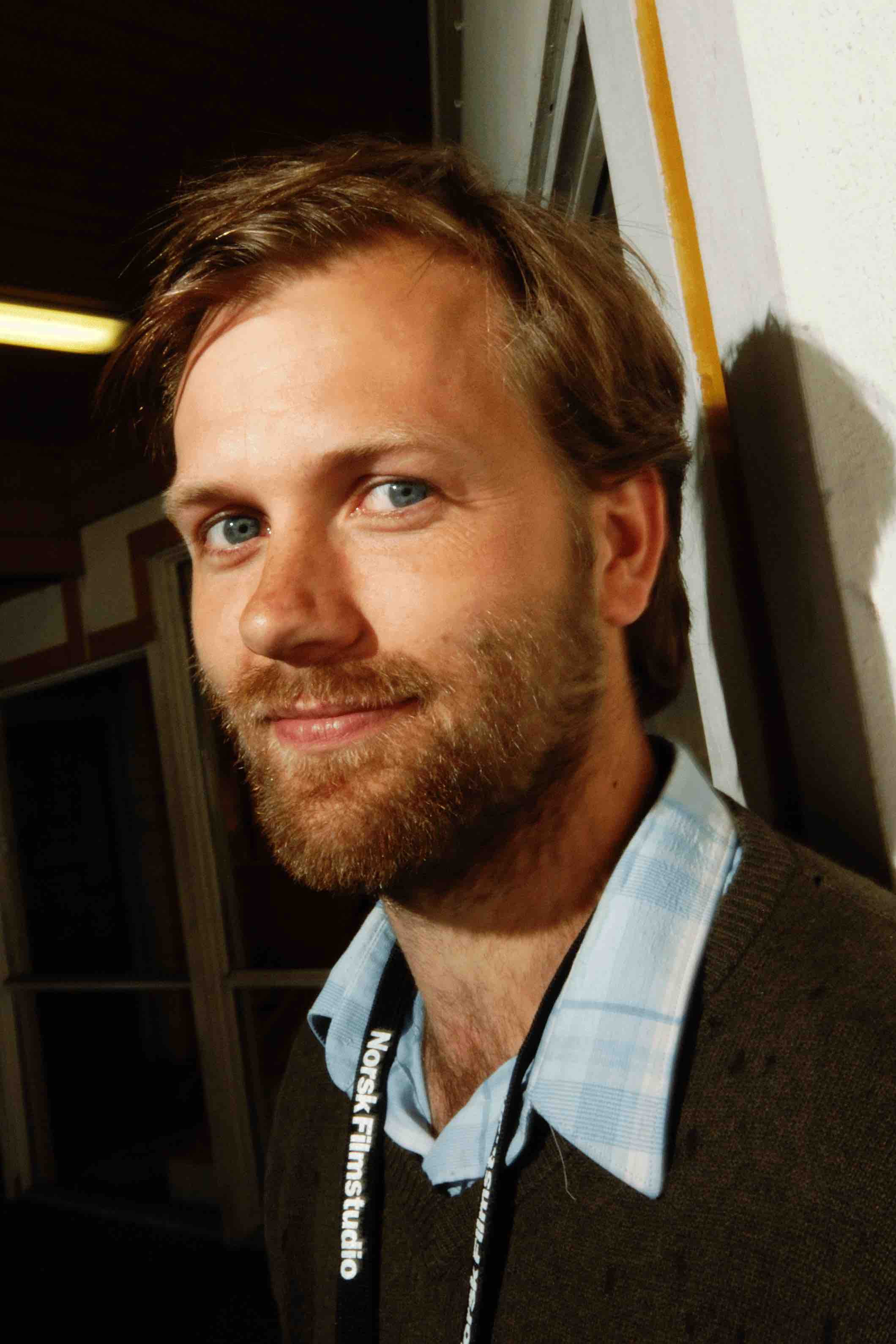
Cartoon Brew: What brought you to Bourj el Barajneh in the first place?
Grorud: My connection to Palestine started with my mother. In the 1980s, she worked as a nurse in the camps, during the war in Lebanon. She would return to Norway and show me pictures of kids growing up in war. The images of kids growing up in very different conditions than mine left a lasting impression on me. We also lived in Cairo for a year when I was 12, and visited Jerusalem and Rafah in Gaza.
I then had the chance to work as a volunteer in Bourj el Barajneh in 2001. Primarily as an English teacher, but I also did animation workshops with Palestinian NGOs. We did puppet animation, and multiplane glass-table animation with cut-out characters. We also really wanted to give animators tools to continue working with animation after we had left.
What did animation mean to the refugees?
As everyone in the world experiences the joy of making something move, we had the same feeling in the camps. These camps have been there for 71 years, so it was fantastic to give the kids the chance to do something new and exciting, based on their drawings and imagination. They also had so many stories to tell, and I hope that doing animation gave them an outlet [to tell them].
You film combines 2d animation and stop motion. How did you choose which to use when?
The historical flashbacks were done in 2d. To begin with, this choice was made due to the small budget. We had grants from documentary funds, which are smaller than fiction funds. The flashbacks in the film vary in location and [historical period], so we felt that making them with puppets would not have been economically possible.
But the 2d technique gave us opportunities that the puppet animation perhaps didn’t. We were able to be very concrete and detailed, and true to the historical sources. The fluidity of the lines also gave us the opportunity to be more abstract in some cases, allowing for a more visually experimental approach to flashbacks that we wanted to be emotionally personal.
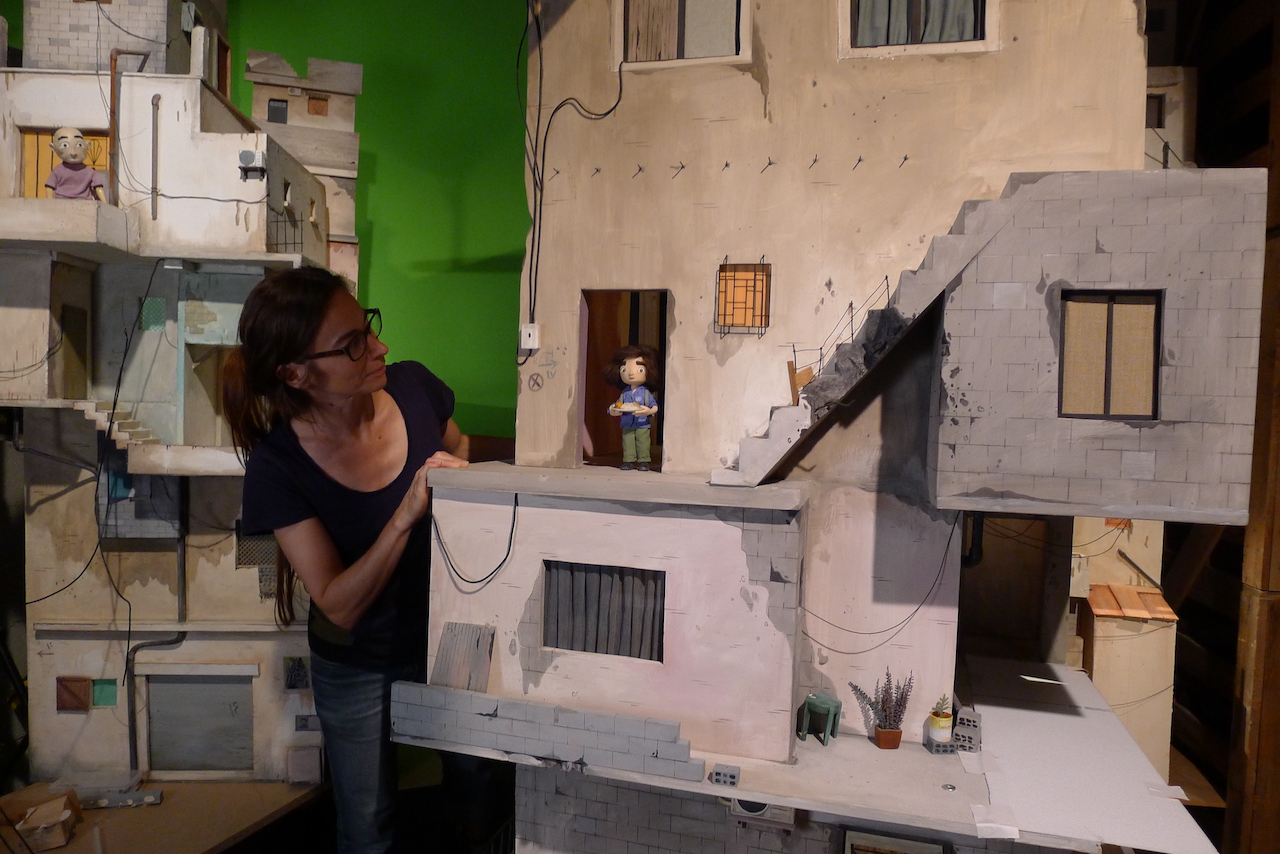
What was the input of your production designer Rui Tenreiro?
I met Rui in Oslo in the early 2000s. When I started work on The Tower in 2010, Rui showed me the work he was doing on his graphic novel Lanterns of Nedzu. I loved the dark mood of his world, and something in the character design that I can best describe as “beautiful ugly.”
The camp is in many ways like this: both an ugly slum [and] a beautiful place that shows how people have survived all this time, despite everything. This duality was something I wanted to bring out, and I thought using Rui would help bring this to the screen. He was someone that I could discuss anything with: the musical score, colors, editing, overall storytelling. We are working together on a new feature, which has the climate in the Niger Delta as a starting point.
Did others on your production team have first-hand experience of the refugee camps? How did you convey the atmosphere of the camp to those who didn’t?
The work was mostly divided between Norway (story, storyboards, editing), Sweden (sound), and France (animation, music, compositing, color grading). None of the crew members had been to the camps. It was therefore crucial to have as much material [as possible]: stills, audio, and video. I went back to the camp to record the actual sounds, and I discussed the script as it developed with Palestinian friends in Norway, Sweden, and Lebanon.
Recent years have seen many high-profile animated features about conflict and refugees. Did any serve as a particular inspiration or reference point?
I guess films like Waltz with Bashir and Persepolis influenced me, but other than that, not really. It was first and foremost my material from the camp, people’s stories, and the physical surreal place that the camp is, that I wanted to capture on screen.
Have you screened the film for the camp’s residents and/or other refugees?
Yes, and this was really important to me. We toured the camps in June 2019, in both Lebanon and West Bank in Occupied Palestine. In Europe as well, there are a lot of people who have fled from Syria, Sudan, Eritrea, Iraq, Yemen — and also second- and third-generation immigrants from Iran or the former Yugoslavia — who tell me that the themes in the film touch them as well.
I think the animation — the abstraction of the characters from reality — help bring the story closer to any audience. Any mother in the audience will cry in a scene depicting a child killed. The animation helps to break down the barrier between us and them. This is something I find extremely important in today’s political climate.

.png)
